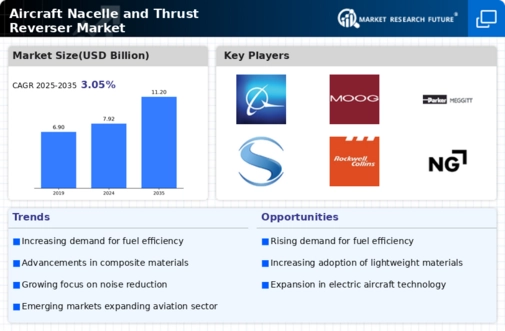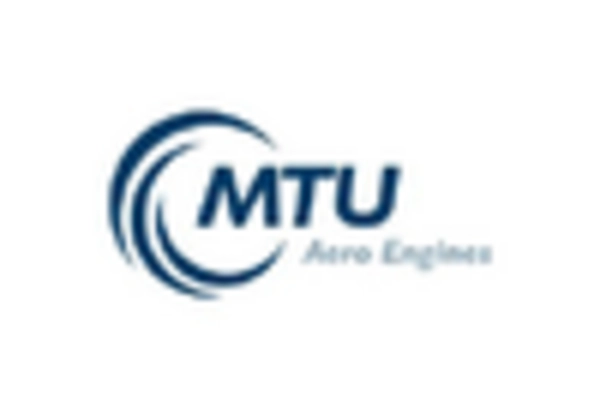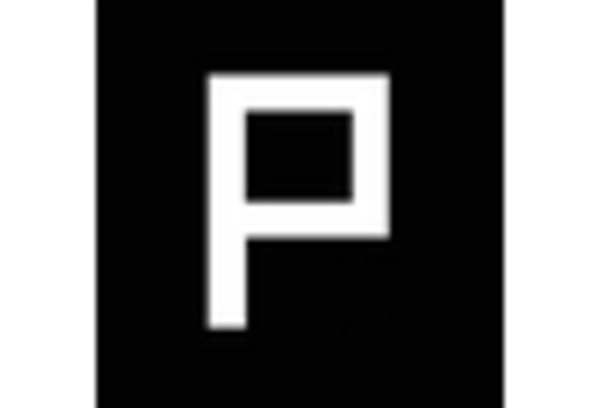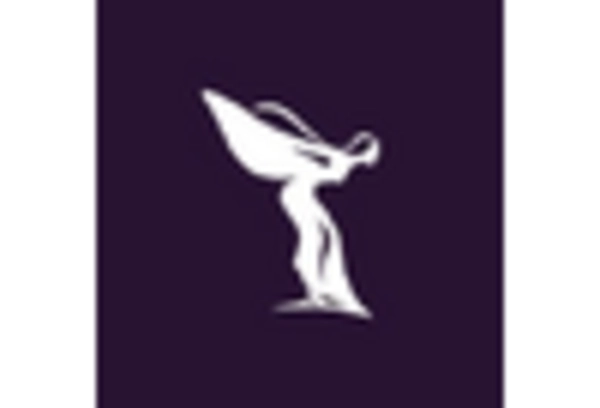Growth in Air Travel
The Aircraft Nacelle and Thrust Reverser Market is poised for growth, driven by the rising demand for air travel. As more individuals and businesses opt for air transportation, airlines are expanding their fleets to accommodate this increase. The International Air Transport Association projects that passenger numbers will reach 8.2 billion by 2037, necessitating the production of new aircraft equipped with advanced nacelles and thrust reversers. This growth in air travel not only stimulates the demand for new aircraft but also emphasizes the need for efficient nacelle systems that enhance performance and reduce noise, thereby aligning with industry standards.
Increasing Demand for Fuel Efficiency
The Aircraft Nacelle and Thrust Reverser Market is experiencing a notable surge in demand for fuel-efficient aircraft. Airlines are increasingly prioritizing operational efficiency to reduce costs and meet environmental regulations. The integration of advanced nacelle designs and thrust reversers plays a crucial role in enhancing aerodynamic performance, thereby contributing to fuel savings. According to recent data, fuel-efficient aircraft can reduce fuel consumption by up to 15 percent compared to older models. This trend is likely to drive investments in innovative nacelle technologies, as manufacturers strive to meet the evolving needs of airlines and regulatory bodies.
Rising Investment in Aerospace Sector
The Aircraft Nacelle and Thrust Reverser Market is benefiting from increased investment in the aerospace sector. Governments and private investors are channeling funds into research and development initiatives aimed at enhancing aircraft performance and sustainability. This influx of capital is fostering innovation in nacelle and thrust reverser technologies, enabling manufacturers to develop more efficient and environmentally friendly solutions. The aerospace sector's growth is projected to continue, with investments expected to reach unprecedented levels in the coming years. This trend is likely to create new opportunities for manufacturers and suppliers within the Aircraft Nacelle and Thrust Reverser Market.
Technological Innovations in Aircraft Design
The Aircraft Nacelle and Thrust Reverser Market is witnessing a wave of technological innovations that are reshaping aircraft design. Advancements in materials science, aerodynamics, and manufacturing processes are enabling the development of lighter and more efficient nacelle systems. These innovations are crucial for improving overall aircraft performance and reducing operational costs. For instance, the use of composite materials in nacelle construction can lead to weight reductions of up to 20 percent. As manufacturers continue to explore new technologies, the market is likely to see an influx of next-generation nacelle and thrust reverser systems that enhance aircraft efficiency.
Regulatory Compliance and Environmental Standards
The Aircraft Nacelle and Thrust Reverser Market is significantly influenced by stringent regulatory compliance and environmental standards. Governments and international organizations are implementing regulations aimed at reducing aircraft emissions and noise pollution. As a result, manufacturers are compelled to innovate and develop nacelle systems that comply with these regulations. The adoption of advanced materials and designs in nacelles and thrust reversers is essential to meet these standards. This trend not only enhances the market's growth potential but also encourages manufacturers to invest in research and development to create more sustainable solutions.


















Leave a Comment